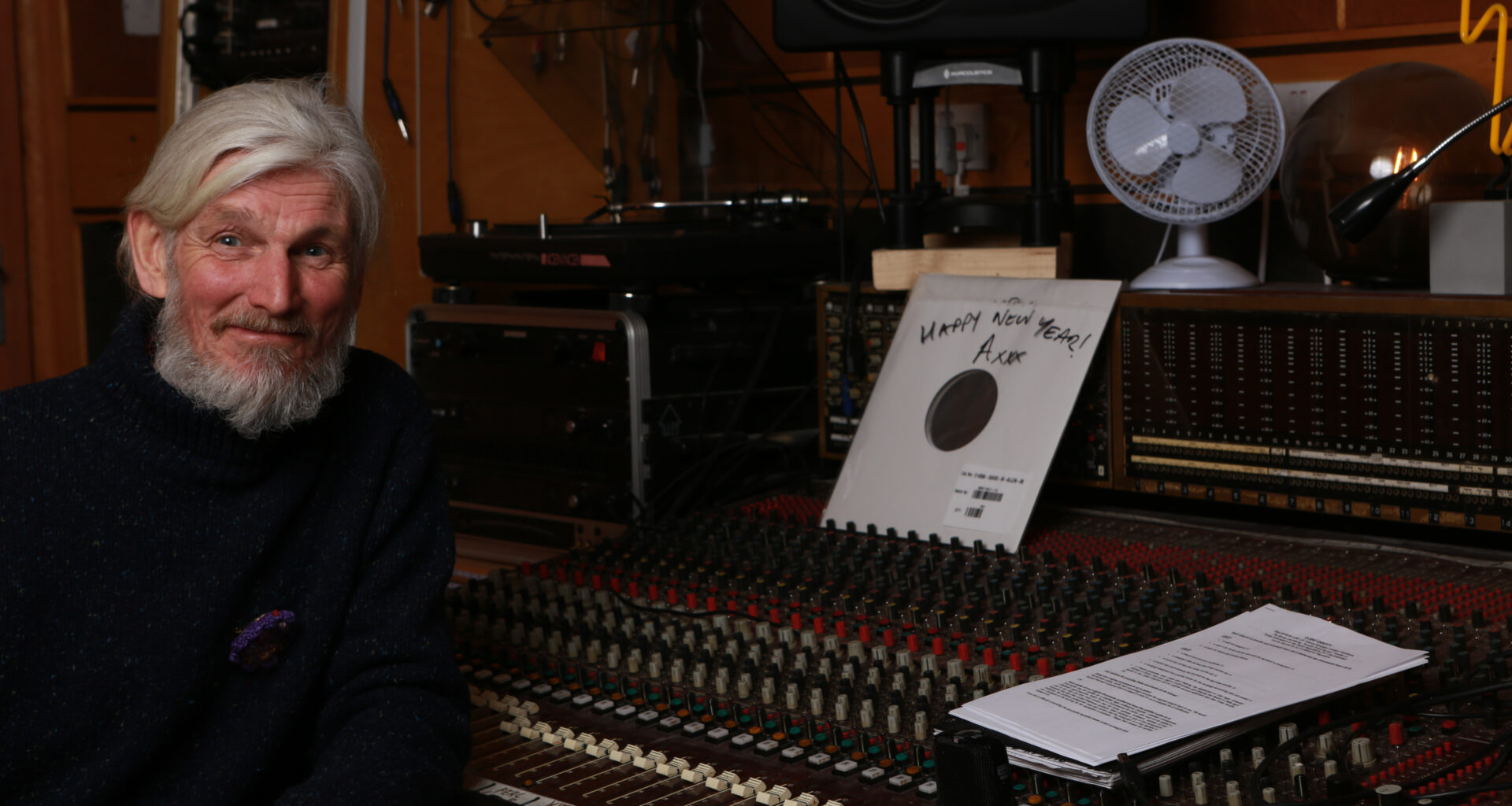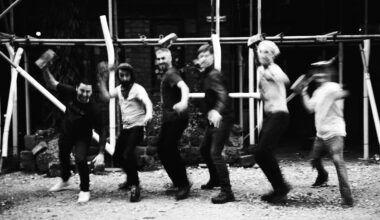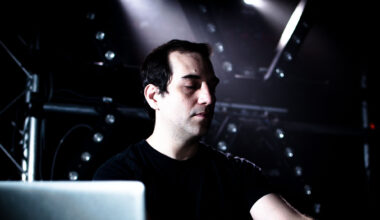Mixing desk wizard David M Allen discusses his role in the making of what may well be one of the greatest synthpop albums of all time… and The Human League’s ‘Dare’
Want to read more?
Sign up to Electronic Sound Premium to gain access to every post, video, special offers, and more. 100%, all you can eat, no commitment, cancel any time.
Already a premium member? Log in here






